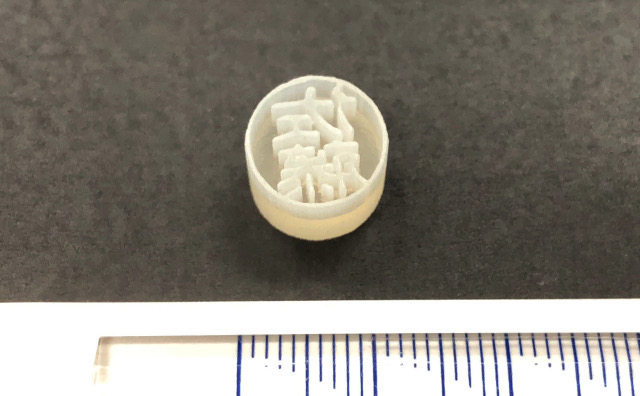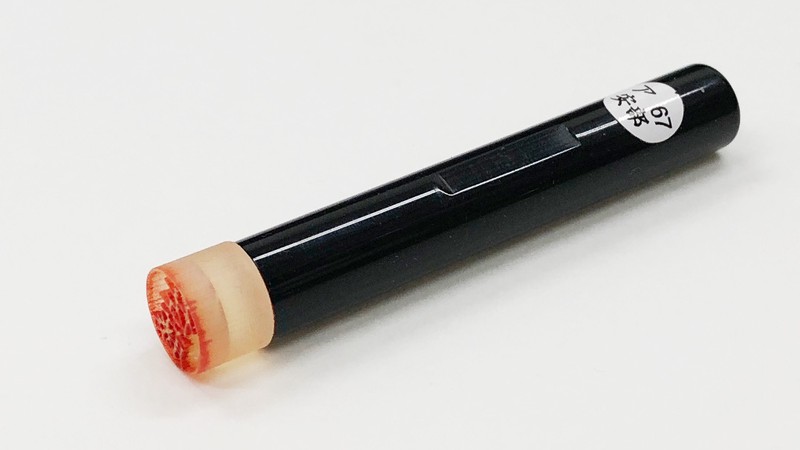With the availability of high-precision 3D printers at affordable prices, anyone can now easily forge seals (hanko). In response to this situation, we investigated the accuracy of such forged seals. We scanned seal impressions stamped on paper to create seal surface data and tested multiple 3D printing technologies (CNC milling, laser processing, photolithography, material jetting). Among these, the material jetting method using acrylic proved to be the most accurate.
Using these forged seals, we conducted an authenticity verification experiment with 26 university students who had no experience in seal authentication. The overall accuracy rate was approximately 77%, with 25% of the impressions made by forged seals being misidentified as genuine. Particularly in the early stages of the experiment, the accuracy rate was low, but we observed a tendency for judgment accuracy to improve as participants gained experience. These results indicate that for everyday document-level personal seals, forged seals created using the proposed method have a high likelihood of being accepted as genuine.

3D printed seal

